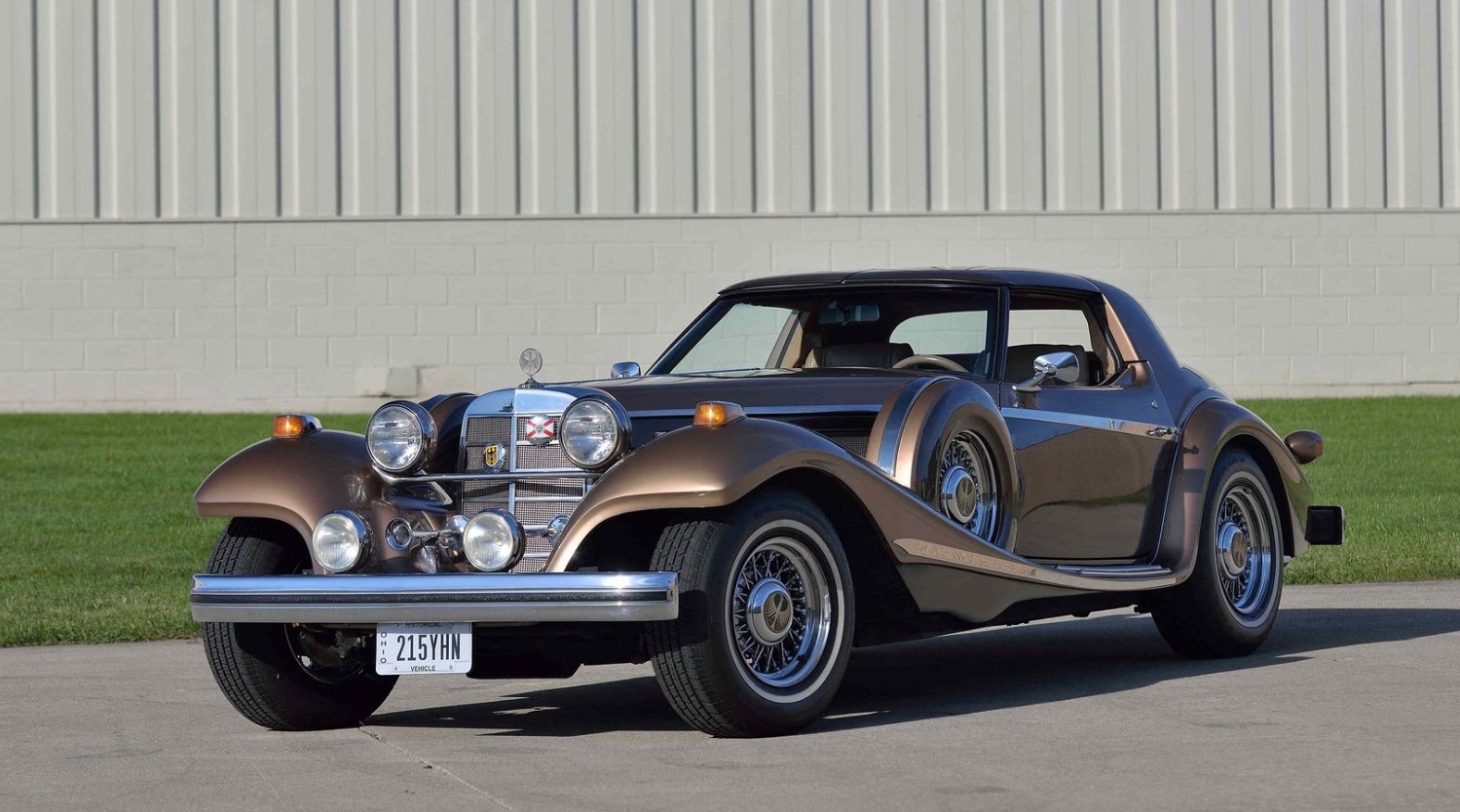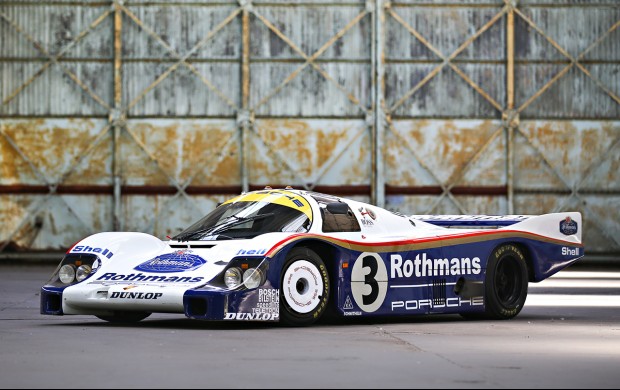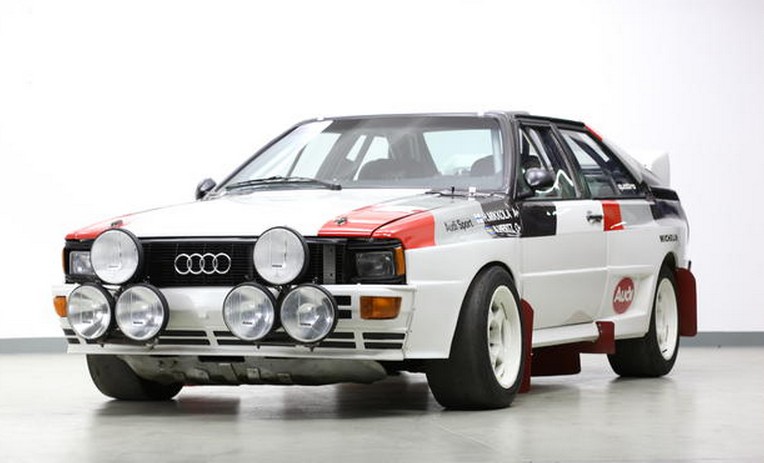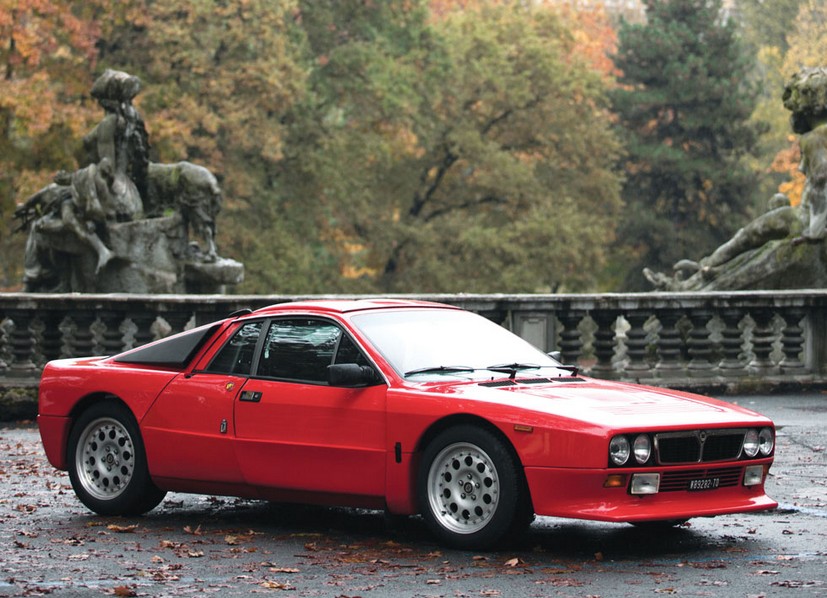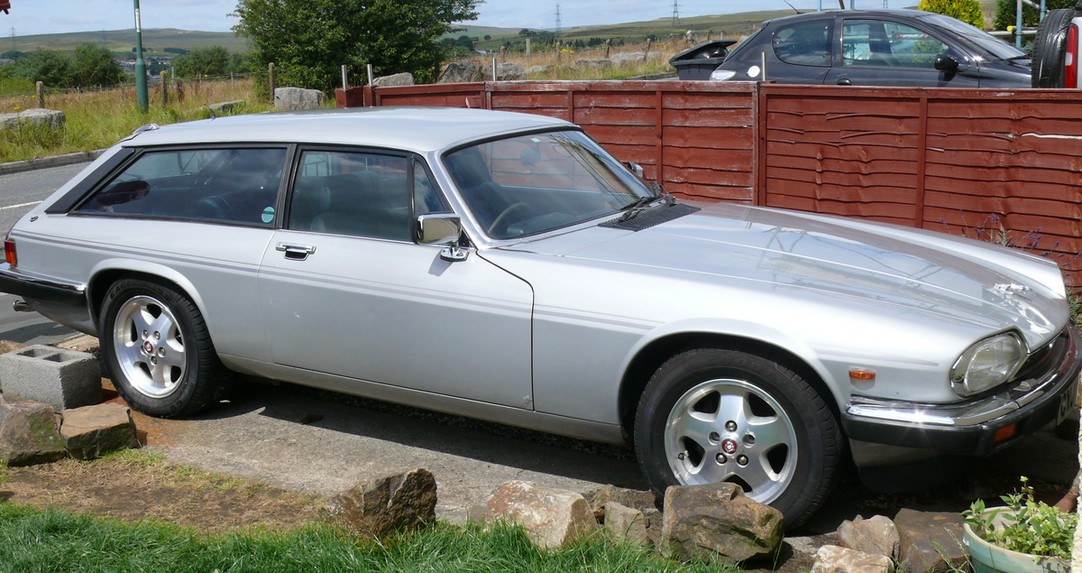1982 Frazer-Tickford Metro
Offered by H&H | Duxford, U.K. | November 17, 2021
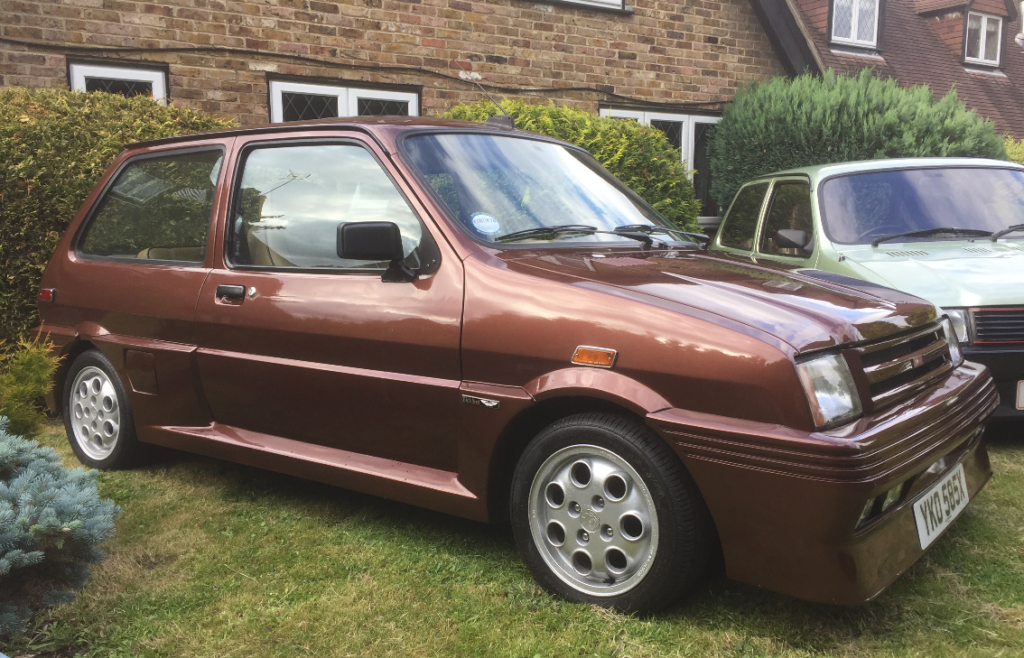
There’s a lot going on here. Let’s start with the Metro part: this car started out as an Austin Metro, which was a small hatchback introduced by British Leyland in 1980. It was a no-frills economy car. But what if you wanted one all tarted up?
Enter Tickford, a coachbuilder whose roots dated back to the 1820s. They bodied all manner of British cars before and after WWII, and in 1955, the company was purchased by David Brown, owner of Aston Martin. In 1981, with Aston Martin company under new ownership, they created an engineering subsidiary called Aston Martin Tickford.
That company helped other manufacturers build high-performance models, including helping Ford with the Tickford Capri, Sierra Cosworth RS500, and the RS200.
Then there was a guy called Mike Bletsoe-Brown, who owned Sywell Aerodrome in Northamptonshire. He set up a company called Frazer (unrelated to the American one) and contracted with Tickford to build the best Metro they could.
And so the Frazer-Tickford Metro was born. Think of it as the Aston Martin Cygnet‘s grandfather. They took a Metro 1.3 S and stripped it down. A fiberglass body kit was added, as were Aston Martin badges, a sunroof, and an interior worthy of an Aston. The engine was beefed up too, and the 1.3-liter inline-four now put out 80 horsepower.
Aston Martin bought out the project in 1982, and a dumbed down version called the Tickford Metro was available in 1983. Only 26 examples of the Frazer-Tickford car were built, three of which were destined for the American market, including this one. It’s back in England now and has a pre-sale estimate of $47,000-$61,000. Click here for more info and here for more from this sale.
Update: Not sold.





